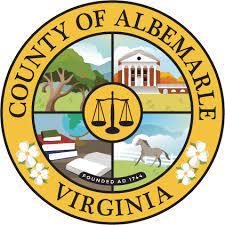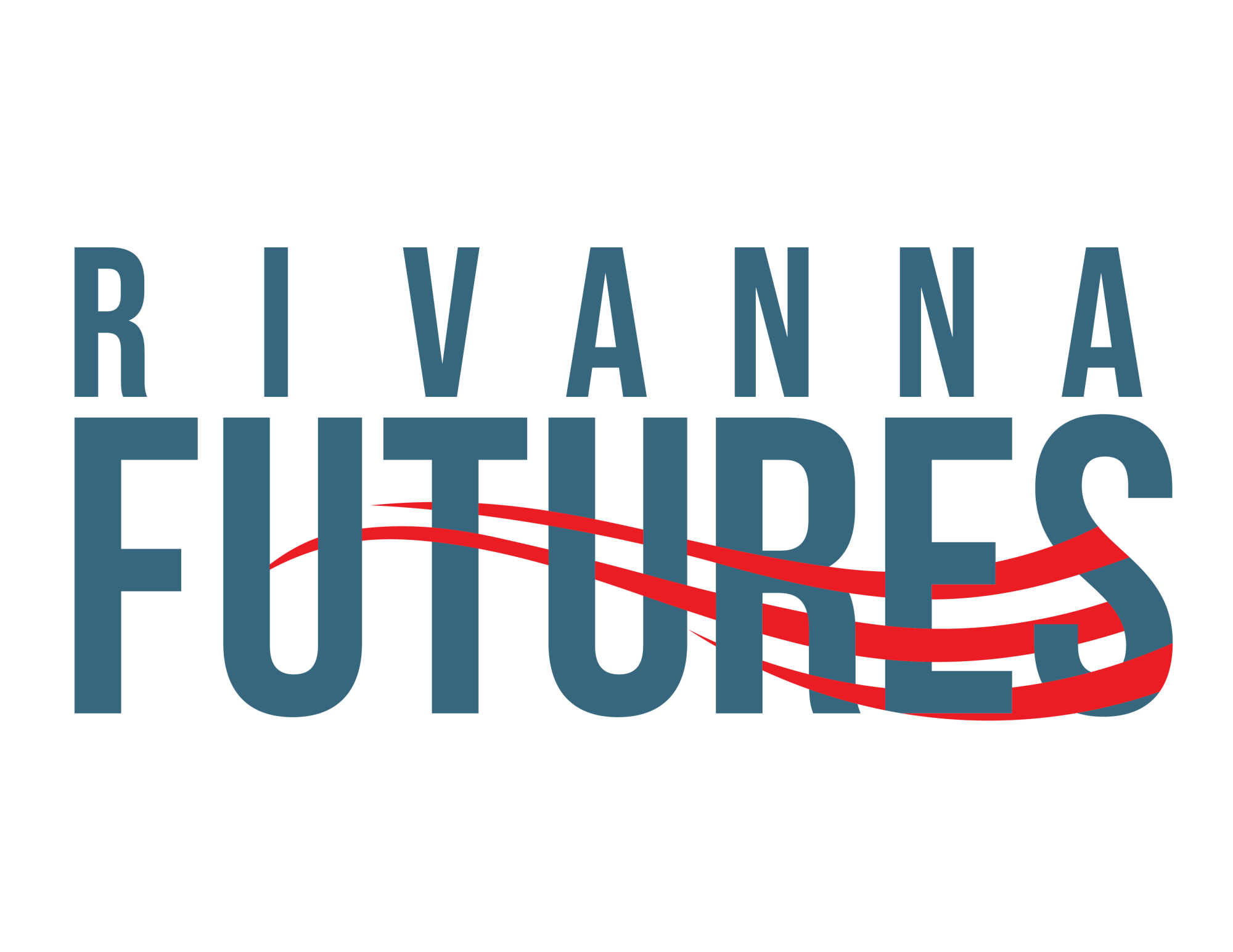There are a lot of planned transportation infrastructure projects in Albemarle, more than the county can pay. There is also the long timeline it takes for an idea to become reality.
“They can be slow to develop,” said Lance Stewart, the county’s Director of Facilities and Environmental Services. “They can be very costly. They can rise in cost over time the longer time takes. And we’ve experienced some pretty sharp increases in the last four years on construction costs.” (review the presentation) (view the guidelines)
Stewart said transportation projects in Albemarle are planned in partnership with the Virginia Department of Transportation. However, the process is slow and slow projects tend to become more expensive. He said staff has been reviewing options for alternatives.
“And the Public Private Transportation Act is one such alternative strategy to project delivery,” Stewart said.
The General Assembly adopted the PPTA in 1995 and it allows for partnerships between the private sector and the public sector. Stewart said this has been used for very large projects.
“Roadway improvements, tunnels, bridges, toll roads, park-and-ride facilities, even sidewalks and shared-use paths,” Stewart said.
One such project was in northern Virginia on Interstate 66 where the Virginia Department of Transportation, the Virginia Department of Rail and Public Transportation, and the private I-66 Mobility Partners transformed a 22.5 mile stretch of the highway from I-495 to Gainesville.
Stewart said Albemarle would not do something even close to that scale, but partnering with a private company might help deliver some projects faster.
“Our typical process is that we get funding, we engage an engineer, we design a project, we bid it out, and if the funds are available, we construct the project,” Stewart said.
The PPTA would allow for other possibilities but the project has to be considered a public good. Staff would approach the Board of Supervisors to get permission with solicitation of a specific idea or a request for information. Or someone would come forward with an unsolicited proposal.
For this to begin, Supervisors will have to adopt a set of guidelines and a draft was included in the packet for the March 20 meeting. He said staff had some ideas about the kind of projects that might be appropriate for Albemarle such as park and ride facilities. He had one specific.
“You’re all aware of the planned future development of the planned Rivanna Futures project,” Stewart said. “That involves the construction of an extension of a road connection to U.S. 29 north, extension of utilities throughout there. And that’s a development exercise not involving the development community at this point but could potentially benefit from a partnership with private sector developers.”
Stewart said Eastern Avenue in Crozet could be another potential for a partnership to complete the promised project, as well as a further extension of Berkmar Road to connect it to Airport Road and Lewis Clark Drive.
While not an exact fit, Stewart said one local example of how a partnership has worked in the past.
“Hillsdale Drive, a portion of that next to K-Mart was built via a public-private partnership,” Stewart said. “That was an economic development partnership and the costs of that were borne partially by the developer of the Whole Foods property.”
The City of Charlottesville contributed $300,000 to the project and Riverbend Development paid the rest, according to a 2013 article in the Charlottesville Daily Progress.
After asking a lot of detailed questions about the proposed guidelines, Supervisor Ned Gallaway expressed support.
“I think this is great, a good tool,” Gallaway said. “I think this could be very helpful to get some things done in the county.”
Gallaway said he hopes the county can get moving with projects within the next year and a half.
Supervisor Ann Mallek had an idea for a project that might be suitable.
“Something like this might enable structured parking which is going to be needed really quickly around many areas in our growth area,” Mallek said.
Supervisors adopted the guidelines.
Before you go: The time to write and research of this article is covered by paid subscribers to Charlottesville Community Engagement. In fact, this particular installment is from the April 3, 2024 edition of the newsletter. To ensure this research can be sustained, please consider becoming a paid subscriber or contributing monthly through Patreon.













